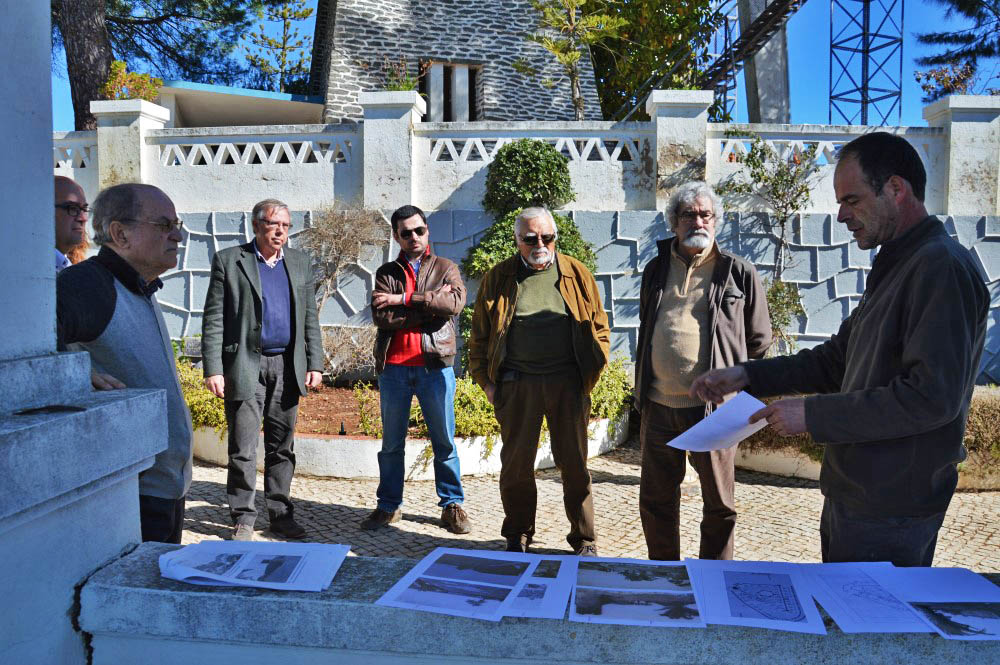 The first archaeological surveys ever carried out systematically on the hill known as do Castelo, in Ourique, are generating more questions than providing answers.
The first archaeological surveys ever carried out systematically on the hill known as do Castelo, in Ourique, are generating more questions than providing answers.
The initial questions from ORIK – Association for the Defense of the Heritage of Ourique, which promotes this intervention, were simple, as Henrique Figueira, its president, explained to the Sul Informação: “When was the town founded? Was it the Moors who founded it? And if they called it Ourique, what was there before?”
«There is a lot of confusion about the location of Ourique, that location referred to in the Islamic chronicles of the XNUMXth century as Al Riqa, which may not be here. But we would like to prove that it could have been here…», added Henrique Figueira, president of ORIK.
And it was with this assumption that the association decided to promote this archaeological project, financed in 10 thousand euros by a private, «a person from Ourique who believes in our work, but doesn't want to show his face».
So far, the work has involved carrying out thirteen soundings – holes opened in certain places, to see what emerges – seven of them excavated in the enclosure at the top of the hill known as “the castle”, the remaining six on the slopes. And a 14th survey will still be opened. The works are directed by archaeologist Jorge Vilhena and also include the participation of young archaeologists Nuno Inácio and Helena Soares.
But so far, to the dismay of Helder Mendes, former director of RTP, founding member of ORIK and great enthusiast of these research works, only "fragments of ceramics from the modern era, faiences, from the XNUMXth and XNUMXth centuries" have appeared. Islamic remains, nor see them.
To give greater "scientific support" to these archaeological surveys, the works were visited last week by Cláudio Torres, the father from the Mértola Archaeological Field and one of the greatest international specialists in Islamic archeology in Europe, and by the historian António Martins Quaresma.
The visit was accompanied by other people linked to the association, as well as by the mayor of Ourique, Marcelo Guerreiro, and by the councilor for Culture, Joaquim Góis, who insisted on affirming the municipality's great interest in this investigation. In fact, the intervention has the logistical support of the City Council.
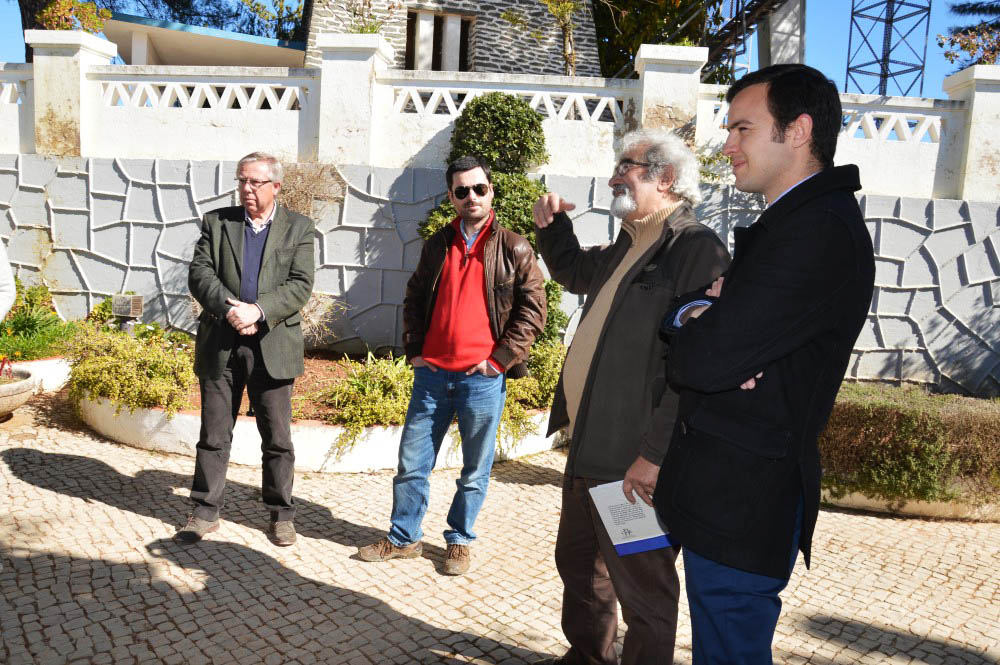
Henrique Figueira, president of ORIK and senior technician for the history of the municipality, explained to Sul Informação that the surveys now under way are part of “a wider project, covering two kilometers around the area we call the Castle. About 2,5 kilometers from Ourique, a few decades ago, Abel Viana found what he considered, at the time, to be a silver Celtic helmet. It came to light later that it was a ceremonial silver cup, 2500 years old».
«The investigations work like a puzzle: putting the various pieces together, we are left with the context of the occupation of the area. The biggest job is pulling the thread to the skein», said the person in charge.
Joaquim Góis, Councilor for Culture, stressed, in statements to our newspaper, that this is “a very interesting project to try to find out as much as possible about the foundation of Ourique. It's a job that has never been done».
The mayor stressed that, despite the surveys on the castle's hill and its slopes, so far, had not yielded great results, the nearby renovation works in the historic area have been more generous. In the space of 100 meters, along a street that leads to this site known as «Castle», 80 to 90 medieval silos were found, some possibly of Islamic origin.
Henrique Figueira, on the other hand, added that all the work that is now being done «is part of the citizenship and civic tasks that ORIK has been promoting, started in 2006, with the “Cadernos”. The overall objective is to answer the questions: where do we come from? Where are we going?".
But whenever one talks about Ourique, one also talks about a foundational myth of Portugal: the Battle of Ourique, which would have occurred on July 25, 1139, and in which the troops led by D. Afonso Henriques, then still imposing the new nation, would have defeated the much more numerous armies of the Moors, thanks to divine intervention, with the help of Jesus Christ, who would have appeared to the first Portuguese king.
To this day, historians debate whether such a battle actually took place and where it took place. Ourique, the village of Baixo Alentejo, has long claimed to be the site of this almost mythical battle, even because of the obvious connection of the name, but there are other lands, throughout this country, making the same claim. Cláudio Torres, on his visit to the archaeological works, had no doubts: «it was before the capture of Santarém, so it wouldn't have been here».
The heritage defense association would very much like the archaeological surveys under way to help find more information that would support the thesis that the XNUMXth century battle and the village of Al Riqa referred to by the XNUMXth century chronicler were really here.
Jorge Vilhena recalled, during his visit to the works, that «the references from the XNUMXth century indicate that there were no walls here. Leite de Vasconcelos describes slopes, perhaps the remains of a Lusitanian-Roman fort».
Another interesting fact, according to the archaeologist, is the «references in the book of Minutes of the Chamber of Ourique, which refer to the construction of a public walkway on the castle hill, in 1901 to 1902. It seems to be this reconstruction that recreates the castle, of which nothing already existed. The wall that appears in a 1927 photograph will be the result of this reconstruction».
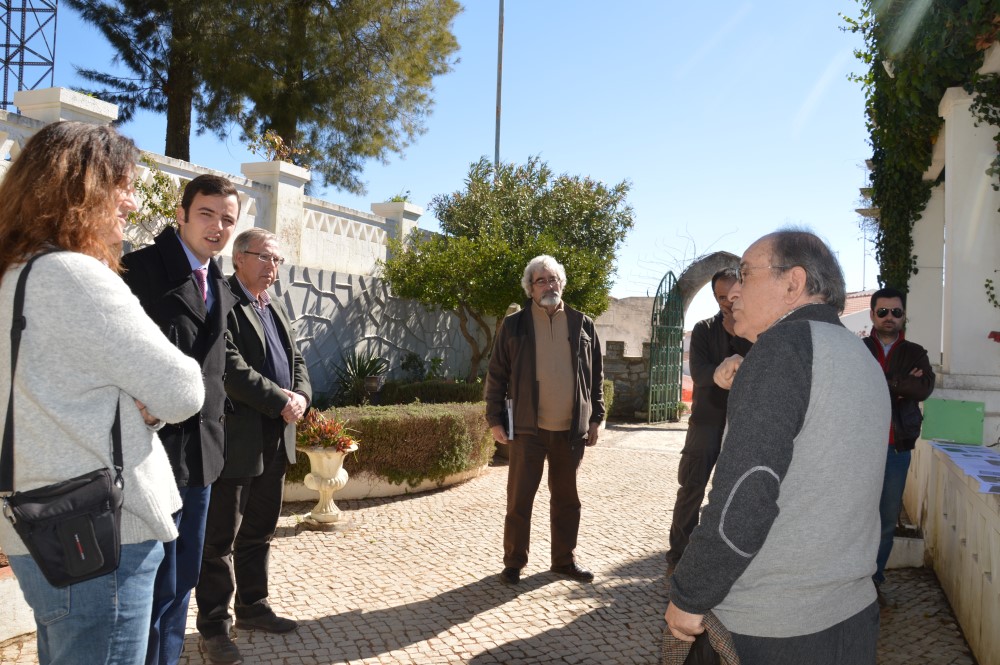
António Martins Quaresma recalled that, at the beginning of the XNUMXth century, in the reports on the damages of the Order of Santiago, it was mentioned that «Almodôvar had fortifications, but Ourique no longer had one». The historian considered that "at the end of the XNUMXth century, there would be a military construction here that quickly fell into decay". But it would not be a castle, justifying the takeover by Christian troops of the Reconquista and the existence of an important battle in its surroundings.
Cláudio Torres, based on the discoveries he has made over the decades in other parts of the south of the country, such as in Mértola, recalls that this is “a world still very poorly known, of pastoral communities, micro transhumance, with villages fortified. It is a fantastic world linked to a pre-Roman Berber settlement. Here in the area there are toponymic remains of a Berber language. But this mountain area was not very Islamic».
The archaeologist argued that Garvão and Cola, other important locations in the same area where Ourique is now located, «were major occupations, but only control posts for transhumances, that micro transhumance of the large herds of sheep that grazed here in the holm oak forests and that , in the dry summer, they went to Monchique».
Now this, argues Cláudio Torres, “has little to do with the construction of great castles”. At the time of the Christian Reconquista, by the Order of Santiago, there were no “cities in the region, only herds, and that was of little interest to them”.
For this reason, he assured, "what could be here, on this hill, was not a fortification of the castle type, but more a fence in rammed earth or adobe." "Which is what we are finding!" exclaimed Jorge Vilhena.
On the slopes of the hill, outside the enclosure at the top, archaeologists are finding more remains, namely the remains of a large slope, perhaps the support of a walled fence. So far, the slope has been excavated to medieval Christian level (XNUMXth century), but there are still more layers underneath, older, to investigate.
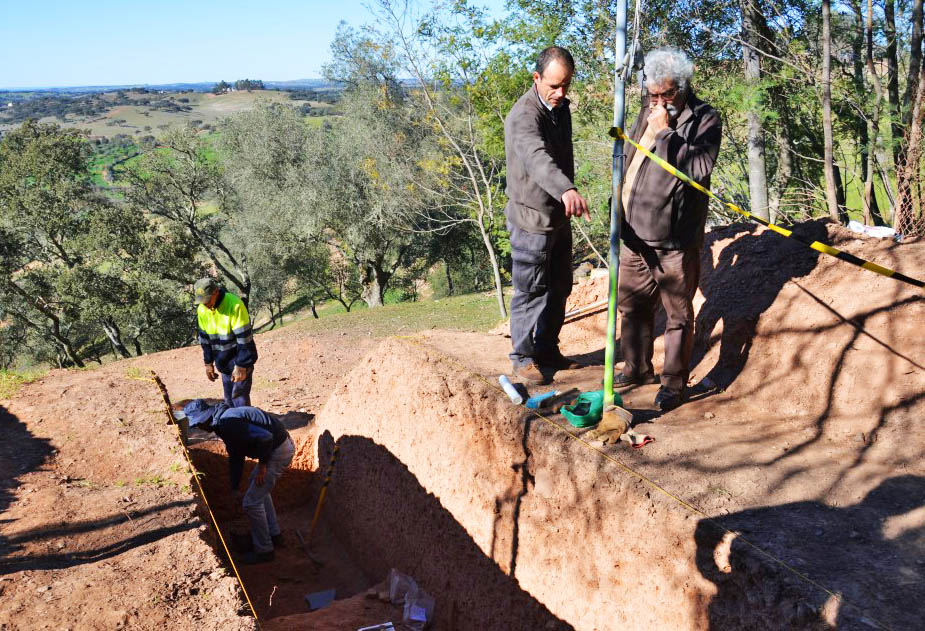
Cláudio Torres, a veteran of archeology from this period of the Islamic presence in southern Portugal, knows that it is not easy to find clear answers to the questions raised by researchers. Because what appears in the excavations are often structures that were used for centuries, with construction methods that have lasted almost until the present time, or fragments of the daily life of a poor peasant population, who did not buy expensive ceramic pieces, easy to date as from a particular time or provenance. All of this, he pointed out, complicates life for archaeologists.
“The archaeological responses of this peasant world are very complex. The pottery that remains in daily use can be from the XNUMXth or XNUMXth century. It is very difficult to see typological differences in common ceramics». But, he added, as if to encourage the trio of archaeologists on the ground, the members of the ORIK association and the mayors of Ourique: "let's study, let's learn".
A realist, Jorge Vilhena revealed that "all the drillings on the hill found rock 10 centimeters away". In such works from the beginning of the 1901th century, when a public walkway was built and an attempt was made to recreate the castle that probably never existed there, “it was all leveled with explosives and a pickaxe”. "Whatever existed here in the precinct was completely destroyed" in 1902 and XNUMX, with these works.
António Martins Quaresma has no doubts that, based on the «great myth of the Battle of Ourique», «there was a reconstruction of the castle in the 40th century, inspired by the idea that there was a castle here». In other words, even before the great reconstruction and re-creation campaigns of castles carried out by the Estado Novo in the XNUMXs, already here, in Ourique, the same had been done.
"Whatever is found here, Ourique will not fail to play an important role in the history of Portugal," defended the young mayor Marcelo Guerreiro. «What is being done here is already important!»
Cláudio Torres also has no doubts about the importance of the intervention, although he points out that the results may not appear as quickly as one would like: «your work here is, fortunately, for many years, not months».
As for the question of the myths surrounding Ourique, the veteran archaeologist, a man of science but also deeply connected to the earth, said, with a smile: "it is convenient to feed the myths, the mysteries".
Photos: Elisabete Rodrigues | Sul Informação
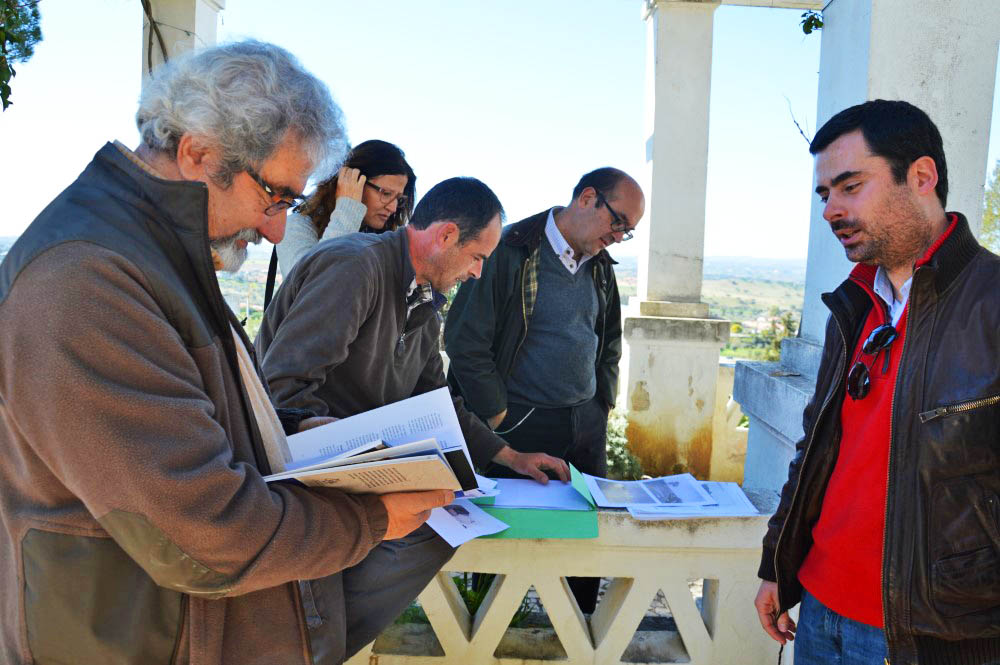
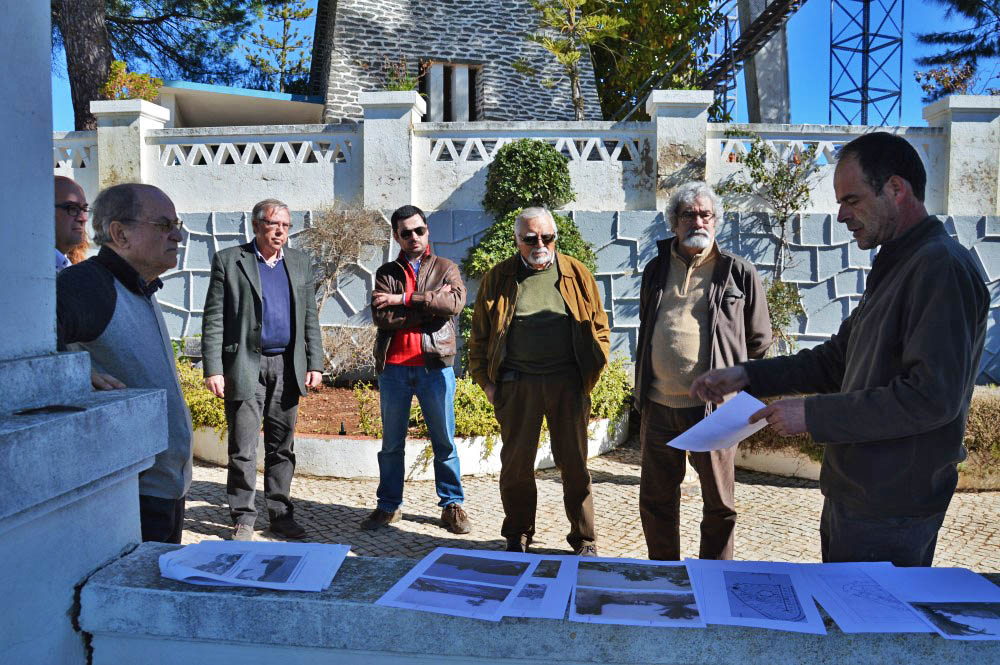
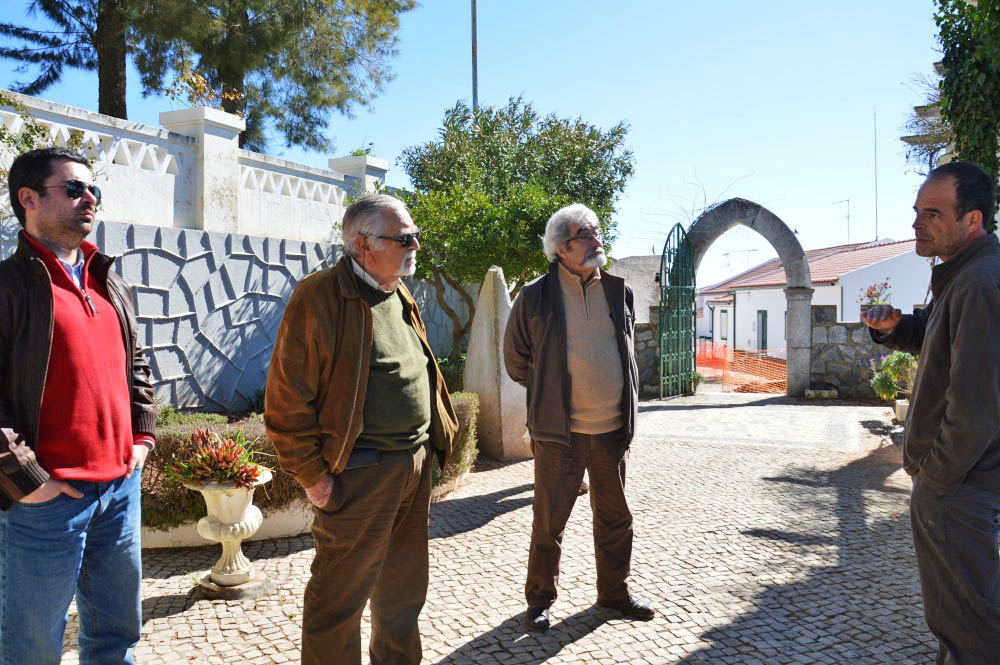
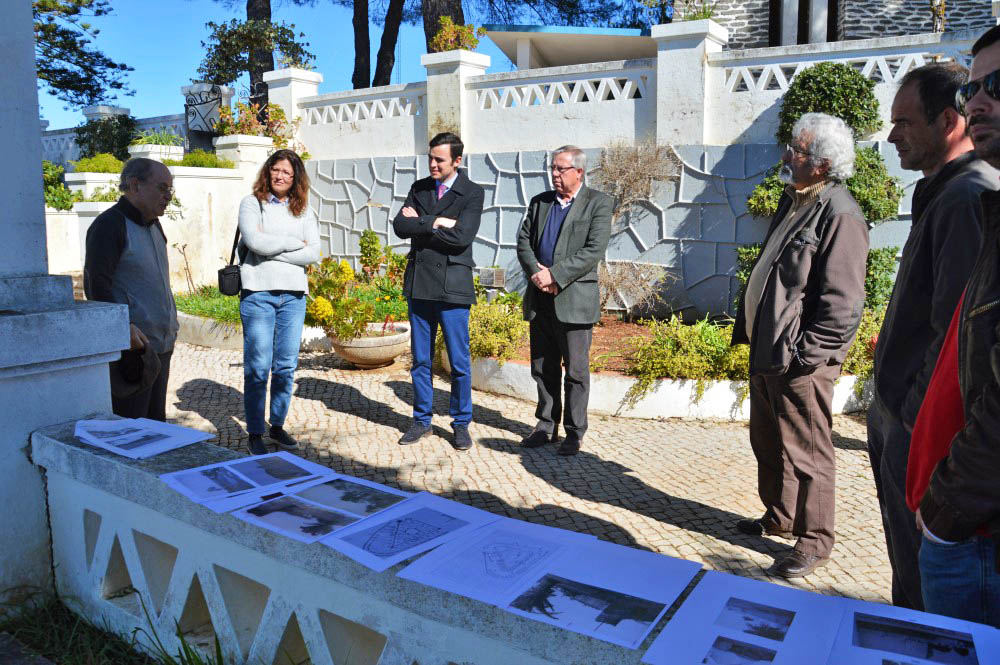
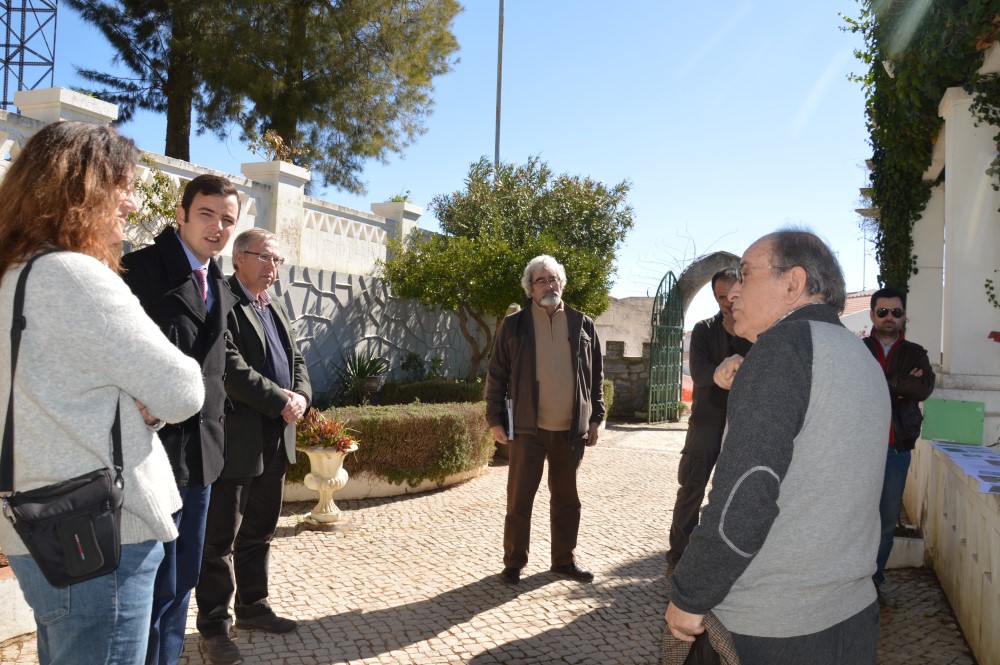
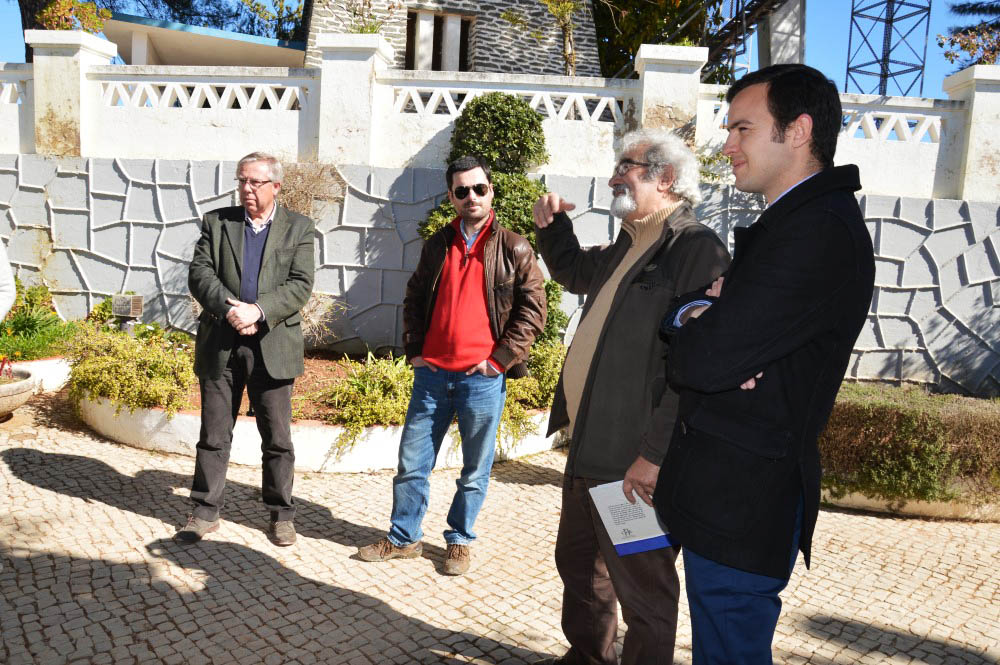
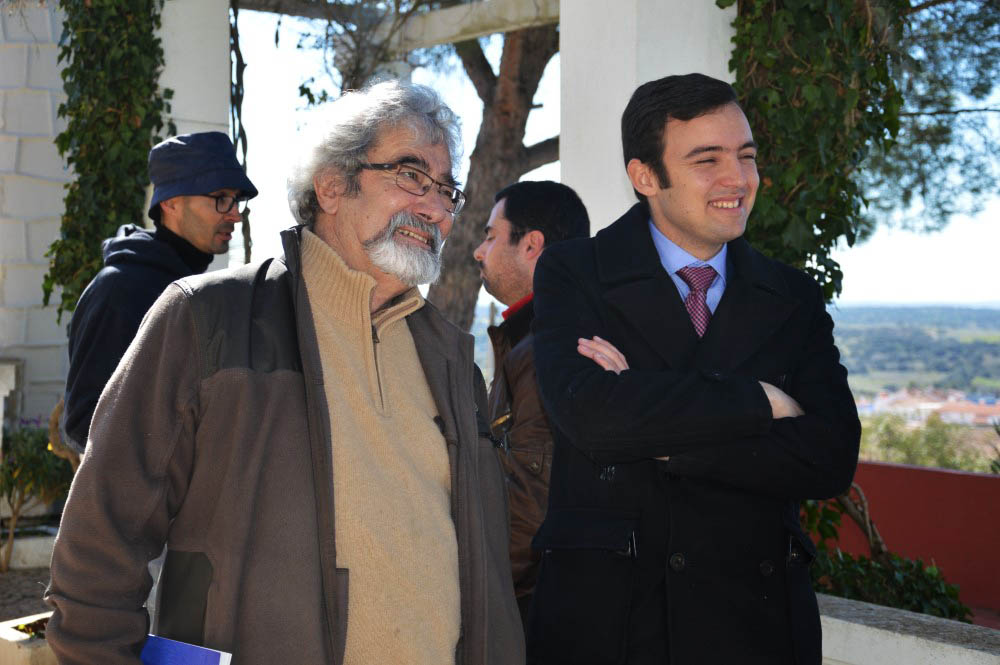
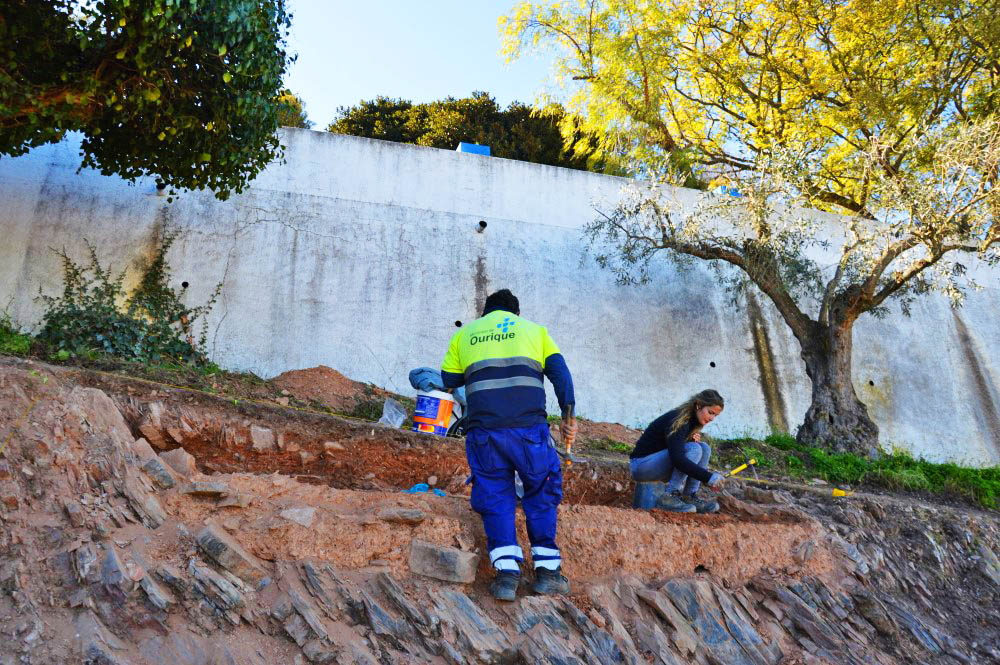
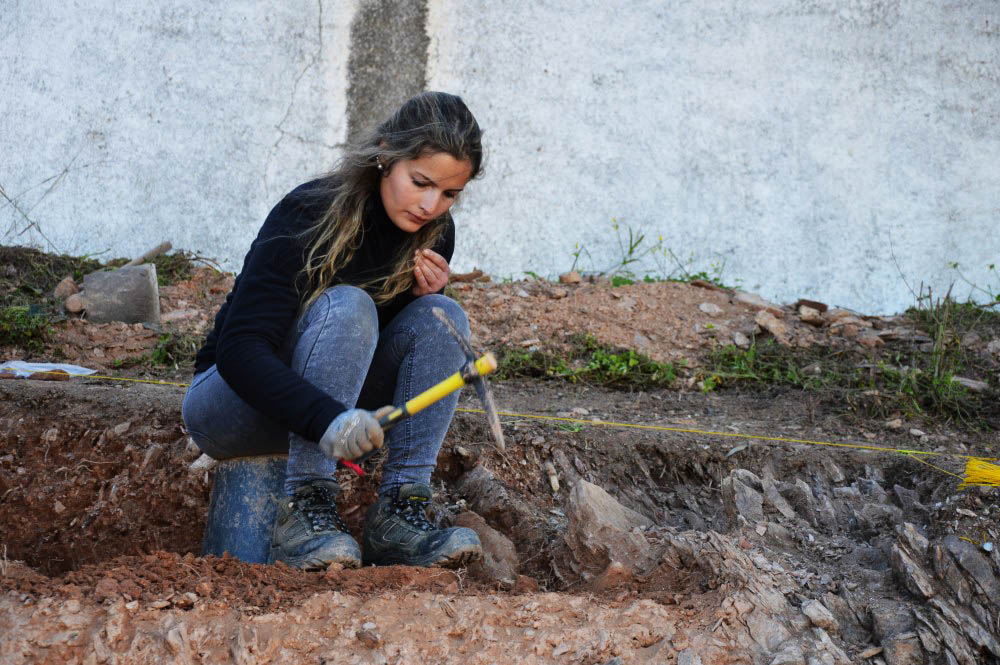
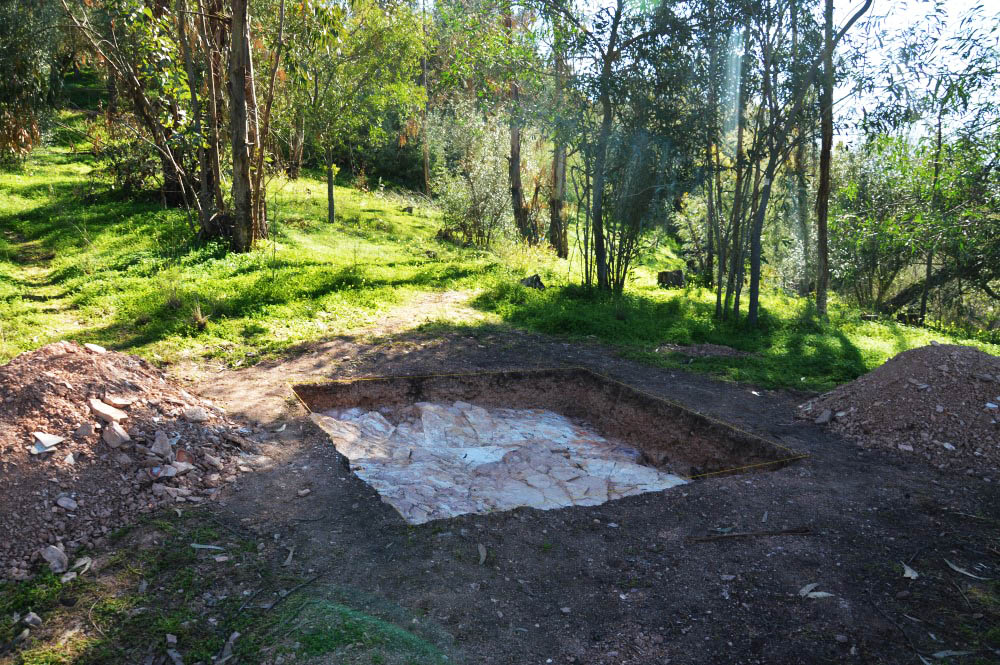
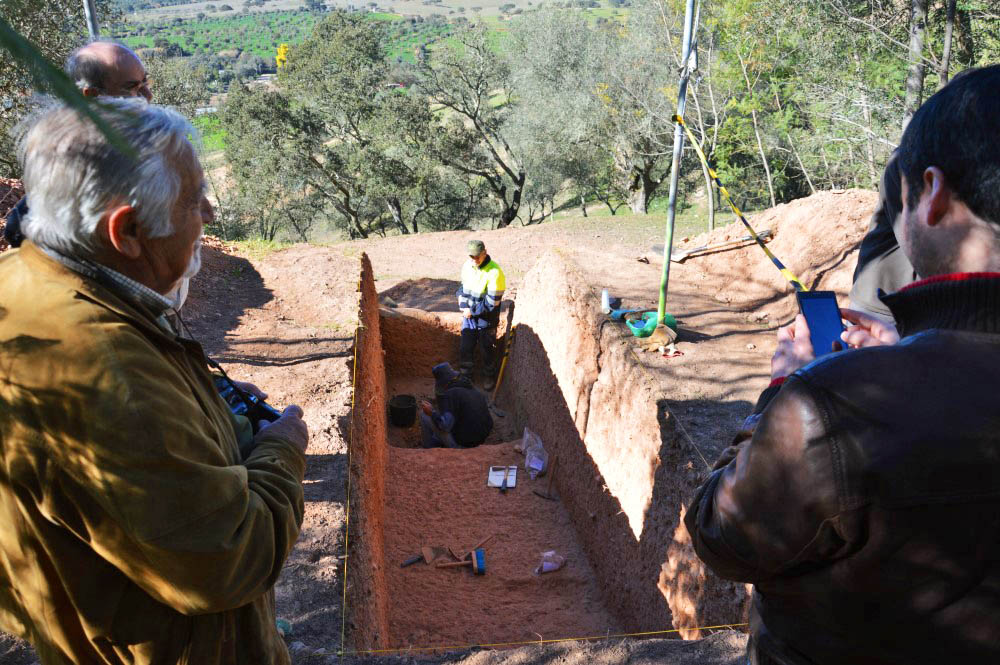
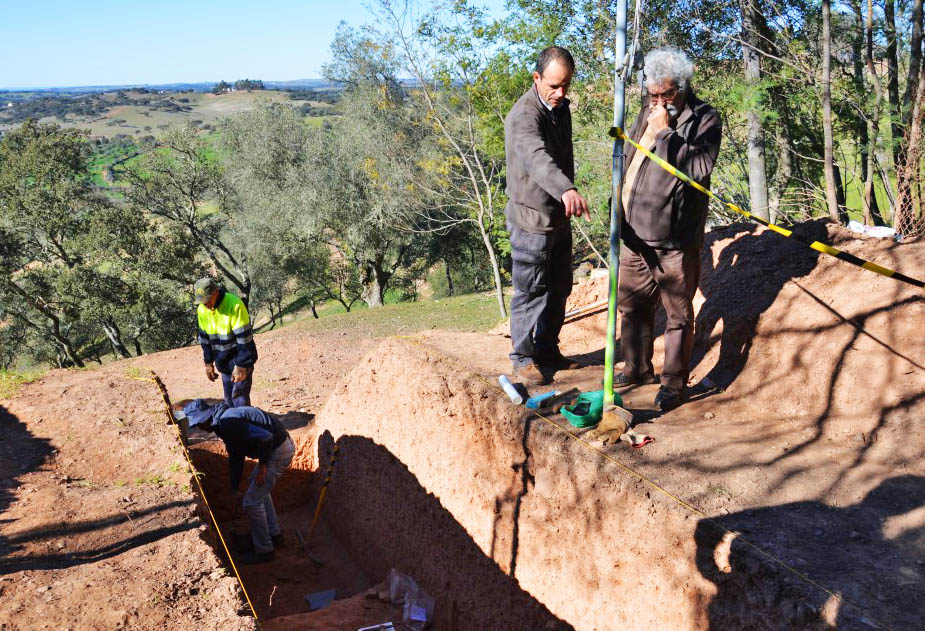
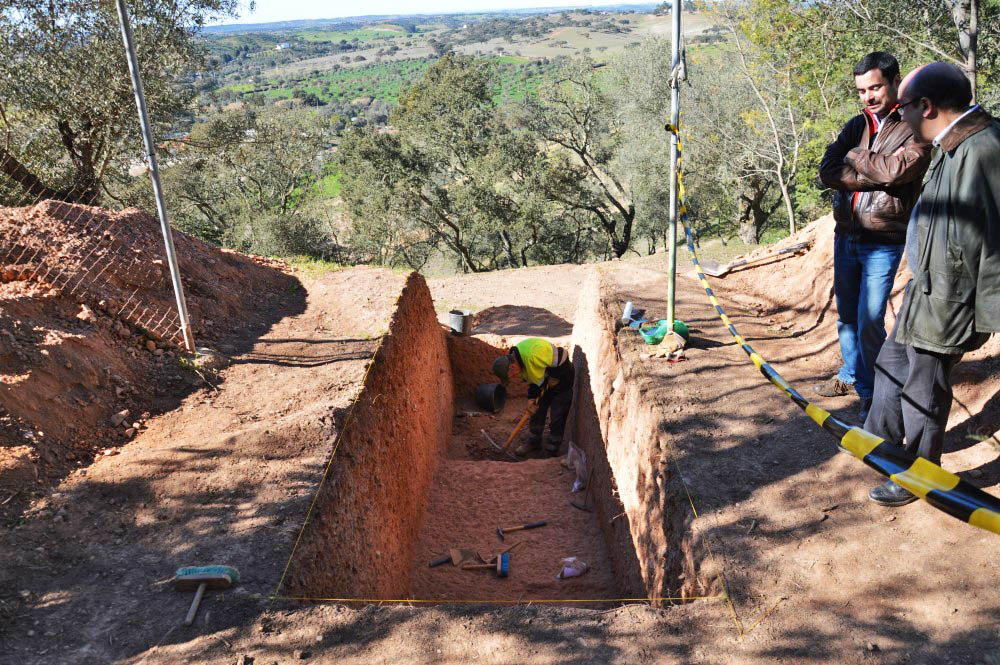


















Comments